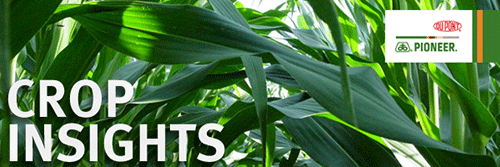

Winter and spring annuals germinate and emerge in late summer through early spring. DuPont Pioneer agronomists explain that these weeds can overwinter by becoming semi-dormant and resume growth in early spring, flower and complete their life cycle before or shortly after the typical spring planting season.
In the past, cultural practices such as herbicide use patterns or tillage methods have precluded winter and spring annual weed species from becoming agronomic problems. However, weed control programs centered around non-residual herbicide application have increased; particularly on soybean production acres. Winter annual weeds have become a more widespread issue, presenting an additional challenge for many farmers at planting time.
In the spring, the problems created by the growth of winter and spring annual weeds impact many aspects of crop production. In no-till fields, weed cover reduces soil warm-up and dry-down, potentially delaying planting and impacting seedbed quality. In conventional tillage fields, several tillage passes may be needed to prepare a suitable seedbed. These weeds can also act as an alternative host for soybean cyst nematode, attract black cutworm moths and may facilitate seedling disease. Finally, weed competition itself may be an issue, as some species persist well into the summer.
A fall application of residual herbicide program is an excellent way to burn down emerged winter annuals and provide residual control of later-germinating winter and spring annuals in no-till and conventional fields.
For more information about managing winter and spring annual weeds, view DuPont Pioneer Crop Insights online.
10.31.2013